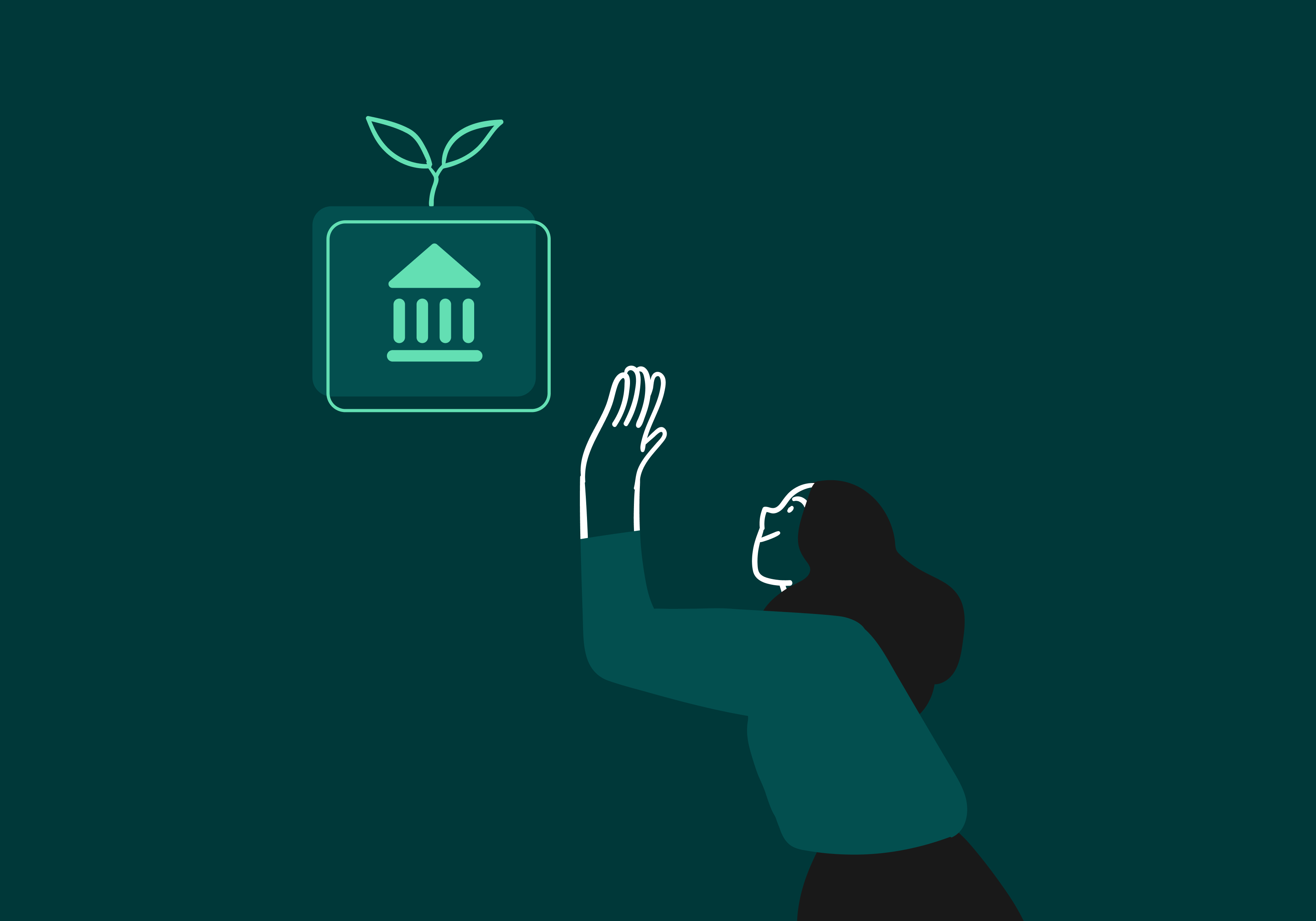Discover the more sustainable alternative to traditional card payments. Open banking helps to bring a step further to a paperless financial world with less energy output and waste.

As climate change puts the world under increasing pressure, we look at every aspect of our carbon footprint, and the way we pay should be no exception. Since open banking’s inception, born from the regulatory initiatives like PSD2 in Europe and the frameworks like Competition and Markets Authority (CMA) guidelines in the UK, we can better understand its green impact. In comparison to traditional card payments, it has emerged as a more financially inclusive method, but also as a more carbon-efficient alternative.
Let’s explore some of the technical nuances that contribute to this lower carbon footprint when we use open banking payments.
What environmental impact do payments have?
When we make a payment using our credit or debit card, there are multiple steps and parties involved for every single transaction. The carbon footprint is significant. From the physical production of these plastic cards, to the operation of the data centres, to energy-intensive processes of card networks and banks that enable the authorisation, clearing, and settlement. Finally, when we need to renew our cards, the world becomes littered with disposal of the expired plastic cards. All contributing to our damage to the environment.
Let’s look at open banking on the other hand, which operates on a digital infrastructure and uses APIs to initiate payments between bank accounts. By bypassing traditional card networks, it offers a streamlined approach that significantly reduces the energy consumption. Discover more about the benefits of A2A payments.
At Yapily, we track the carbon footprint of our infrastructure, and are working to reduce it everyday. So far, we’ve offset 566.09 tCO2 (that’s equivalent to neutralising the impact of 539 one-way flights from NYC to London!) and are taking numerous measures to reduce our emissions further, including working with Lune for more ways to minimise our impact.
How does open banking increase efficiency in transaction processing?
With these direct digital pathways, there is a reduced reliance on the energy-intensive data centres, thus enabling open banking to minimise the energy consumption. Not only that, but it contributes to a paperless environment, whereas card payments typically still involve bills and statements being mailed to their customers. Open banking comes out on top when it comes to significantly reducing paper consumption and waste with the digital workflows.
A technical analysis written by Fintech Futures shone a light on how API-driven transactions with open banking have a considerably lower carbon footprint when compared to the multi-layered processes of card transactions. In addition, the Environmental Protection Agency (EPA) researched open banking’s reduction of physical and digital waste thus mitigating climate change.
What does the future hold for sustainability?
Open banking’s sustainability impact is expected to grow further as technology matures and we see the rise of adoption. Future developments to API efficiency, as well as a transition to greener data centres promise greater carbon emission reductions. Not only that, but as more customers opt for a greener way to pay, we’ll see adoption of open banking rise.
Closing thoughts
Open banking offers a simple way to reduce the environmental impact in the financial world and could have a pivotal long-term role in moving towards sustainability. If you are on a mission to make your business more sustainable and move towards a greener future, speak to us today about our open banking solutions.